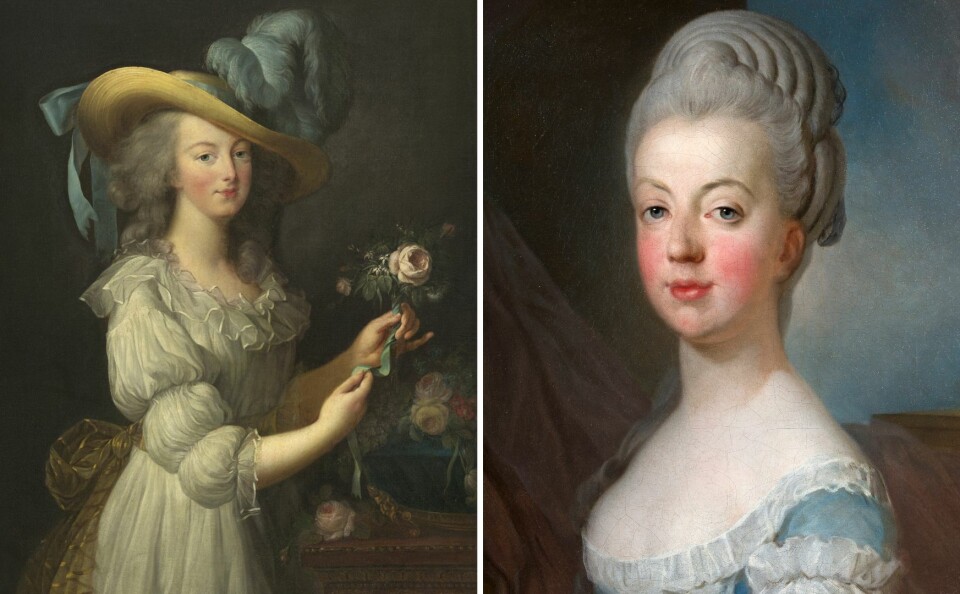-
One of the most notorious meals in the history of French gastronomy
How hard times inspired an outrageous festive feast in 1870
-
Brouage: inland fortified French village was once a major European salt port
Some 400,000 tourists visit every year - many of whom are Canadian
-
The Paris region has one of France’s ‘most beautiful’ villages
It is an official ‘plus beau village de France’
French art: A portrait Marie-Antoinette hated and hid goes on display
The Habsburg princess tried to control her image, 250 years ago, by hiding the ‘ugly’ portrait that accentuated her family features

A portrait that Marie-Antoinette detested because she thought it made her look ugly has returned to Versailles after the future queen had it hidden away 250 years ago.
Read more: Château de Versailles buys lost portrait of teenage Marie-Antoinette
Strong Habsburg features
The oil-on-canvas portrait by French artist Joseph-Siffred Duplessis, painted when the young princess was 16 and newly married to the future Louis XVI, shows her with a strong Habsburg jaw and bulging eyes – in line with some contemporary descriptions of her.
The Habsburgs, who ruled the Austro-Hungarian empire, had a genetic line of round foreheads, protruding eyes, prominent upper lips and jutting jawed faces.
Interbreeding among cousins accentuated the traits.
Reputation for extravagance
Marie-Antoinette, daughter of the Habsburg empress Maria Theresa and the Lorraine duchy’s Emperor Francis I, who had Habsburg grandparents, was an increasingly unpopular queen, whose reputation for profligacy saw her follow her husband to the guillotine in 1793.
The famous “Let them eat cake” command, often attributed to her to demonstrate how out of touch she was with French society, has never been proven.
Read more: Five historical French quotes (or mis-quotes) and their origins
Princess controlled her own image
Duplessis painted the portrait in 1771 from a sketch he made of the young princess, which has her Habsburg features even more prominent.
It was never completely finished because Marie-Antoinette did not like it.
It was supposed to be sent to her mother but it is not clear if it ever was and the portrait was not publicly displayed.
Gwenola Firmin, a conservator at the Château de Versailles and Marie-Antoinette specialist, said: “At the time, portraits of the royal family were copied and sent throughout the country and to embassies abroad.
“Marie-Antoinette decided very early that she would control her image, something which very few people did at the time.”
Softer facial features
Various other artists were tried, before Marie-Antoinette settled on a woman, Elisabeth Louise Vigée Le Brun.
A 1783 portrait of her dressed in an informal robe and with a country-style hat and softer facial features was thought to be her favourite portrait.
Portrait will now hang in Versailles
The Duplessis portrait was bought for Versailles by the Sociéte des Amis de Versailles at a Paris auction for €175,500. The seller wished to remain anonymous.
The last public trace of the picture was in 1913, when it was listed in a collection assembled by the Marquis de Ganay.
Related articles
Passion and power at Versailles: how French King Louis XIV ruled
‘Best yet’ Mona Lisa replica sold at Paris auction for €273,000
Joséphine Bonaparte, Napoleon’s wife, was nothing if not a survivor
























